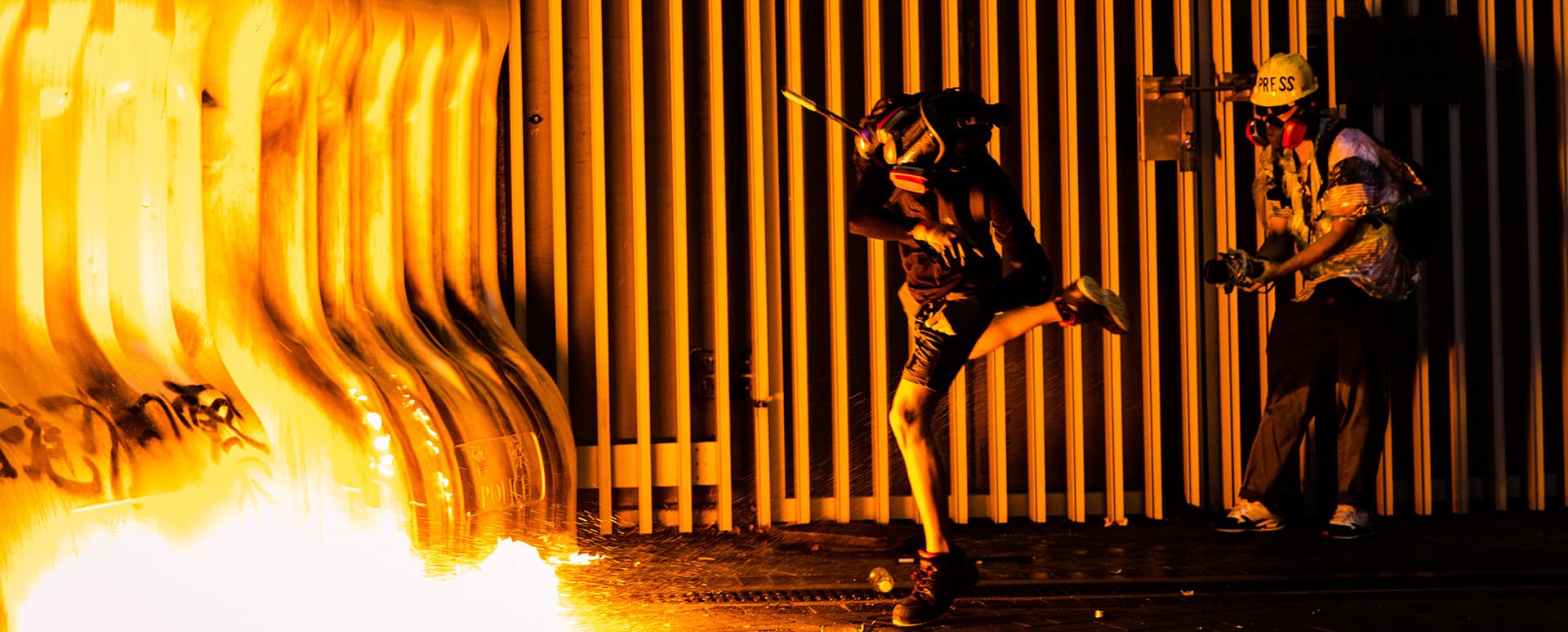Throughout the protests of 2019, Cheng Wai Hok, Lam Yik and Alex Chan Tsz Yuk worked to photograph the event that rocked Hong Kong. Now, with the city’s National Security Law just over a year old and press freedom under attack, the three photojournalists look back on the protests and at what life in the city is like today.

You’re getting blind.
Don’t miss the best of visual arts. Subscribe for $9 per month or $108 $90 per year.
Already suscribed ?
Read more: When Photographers Alter Reality


